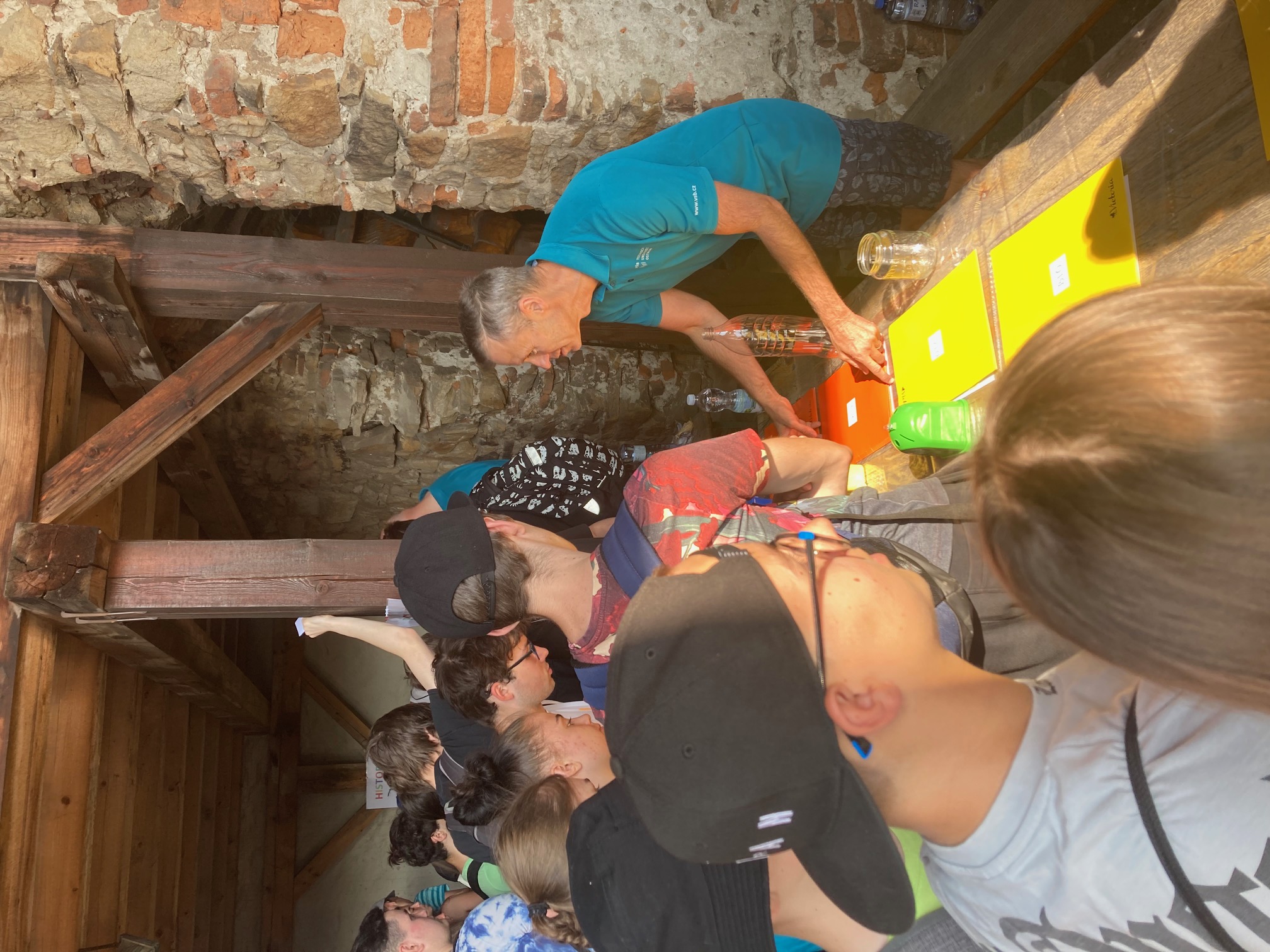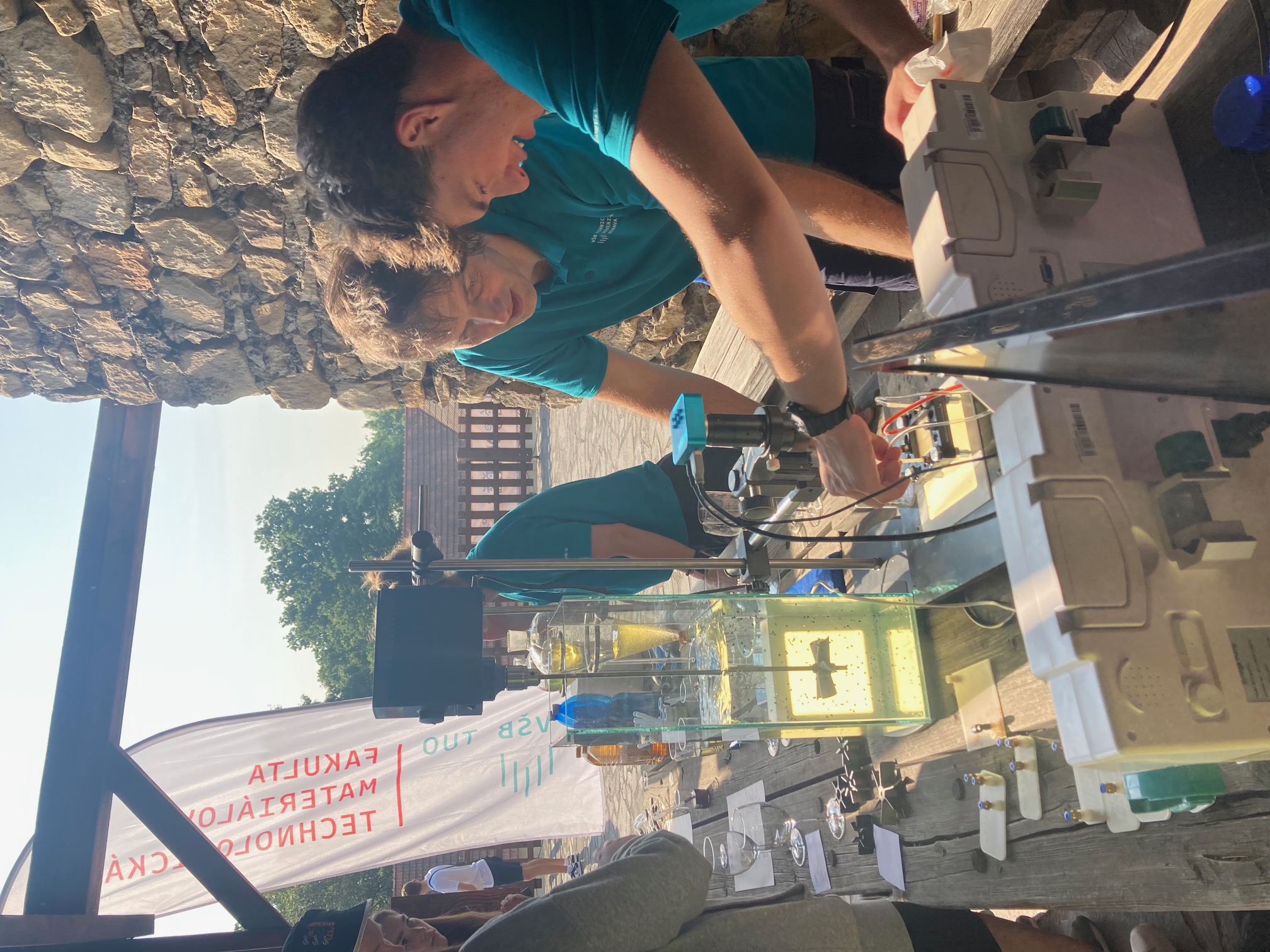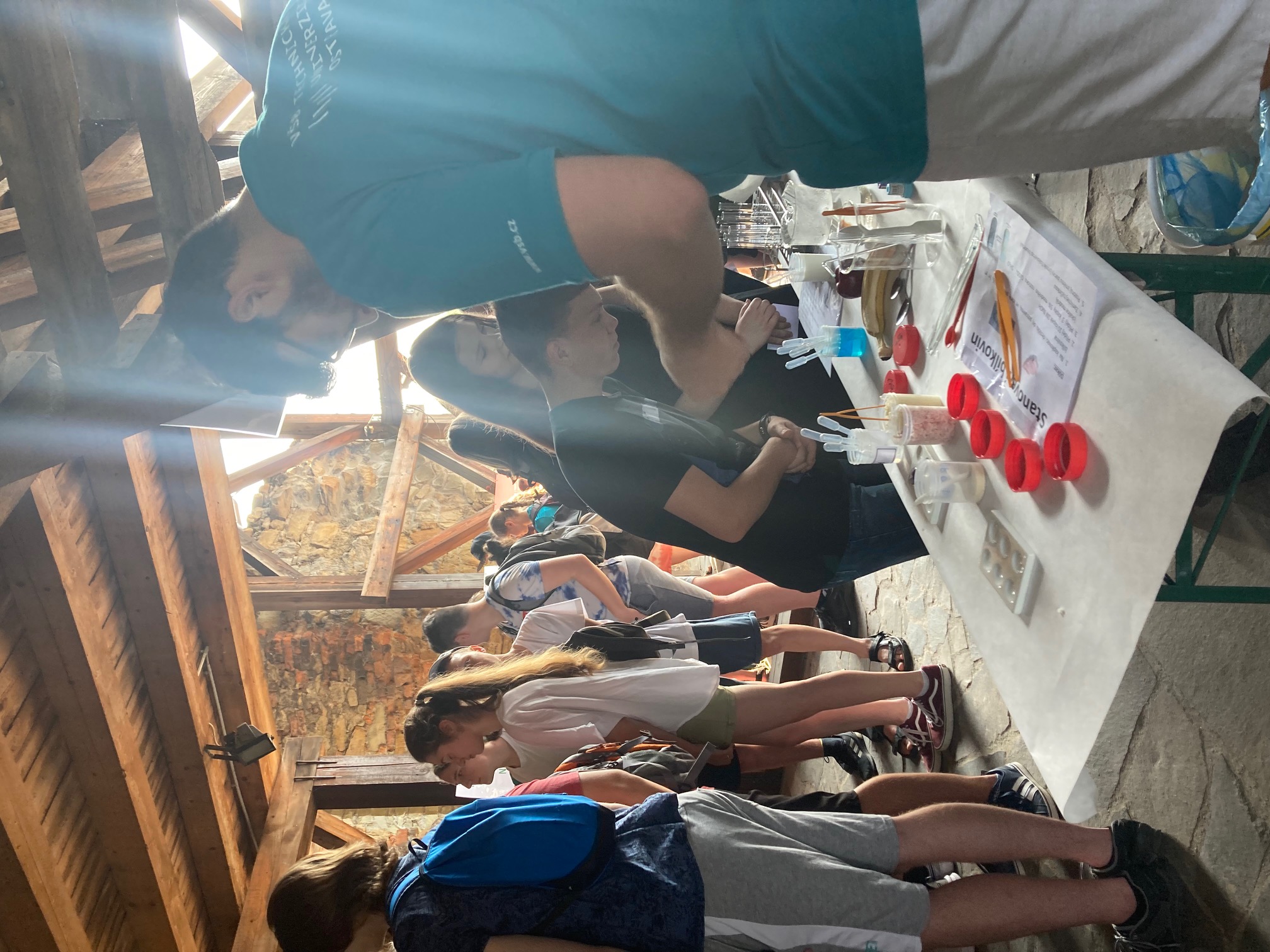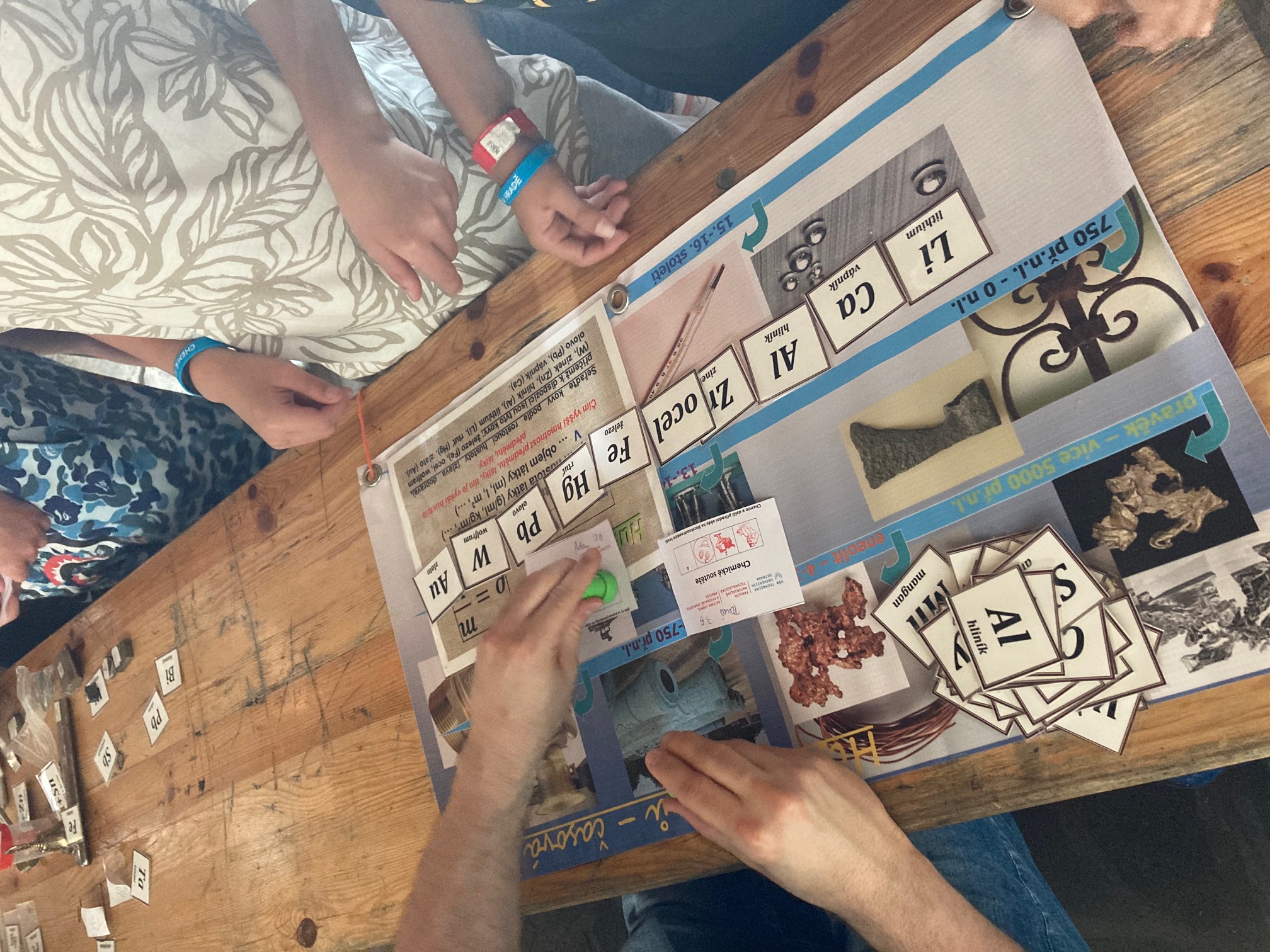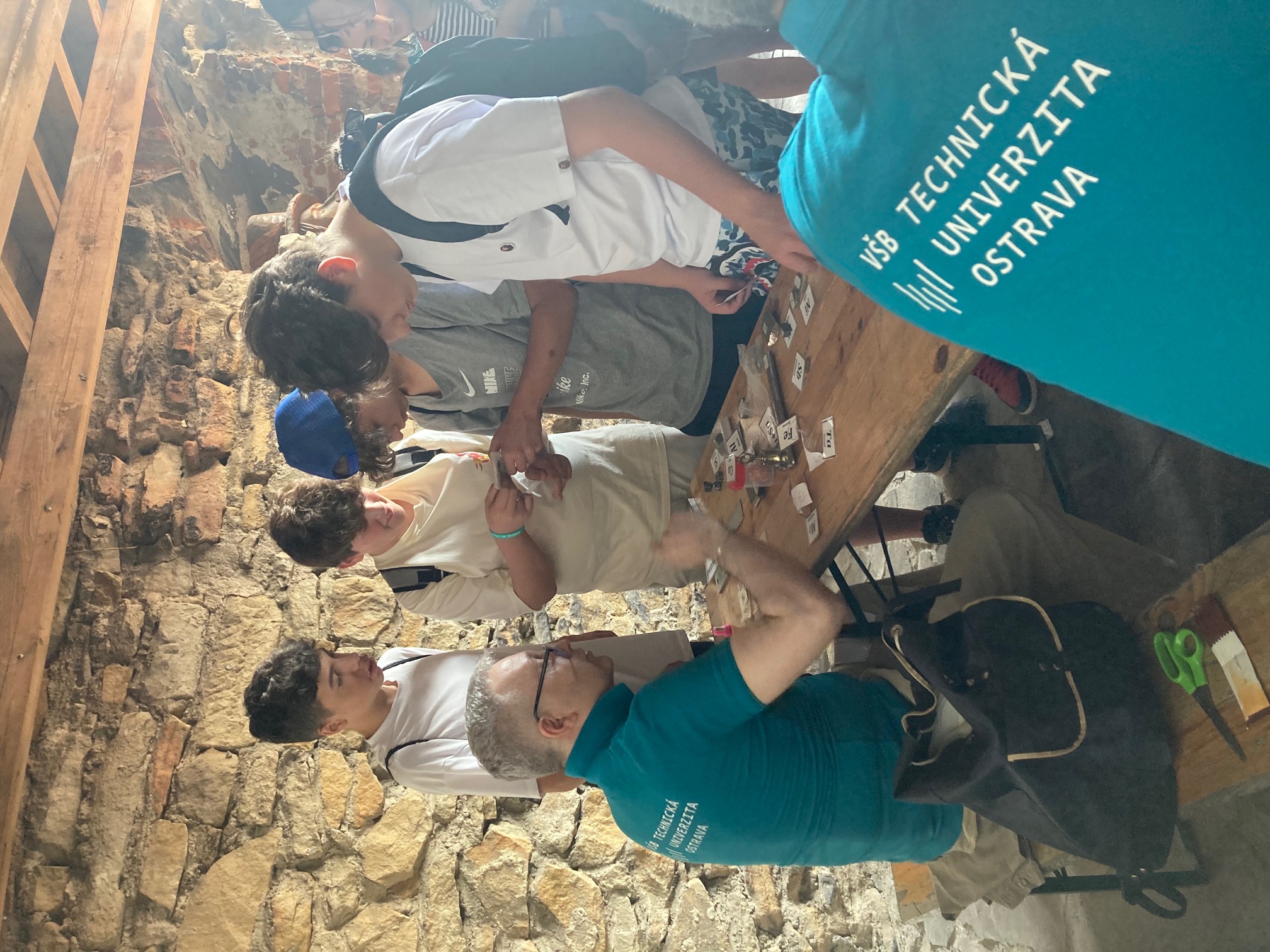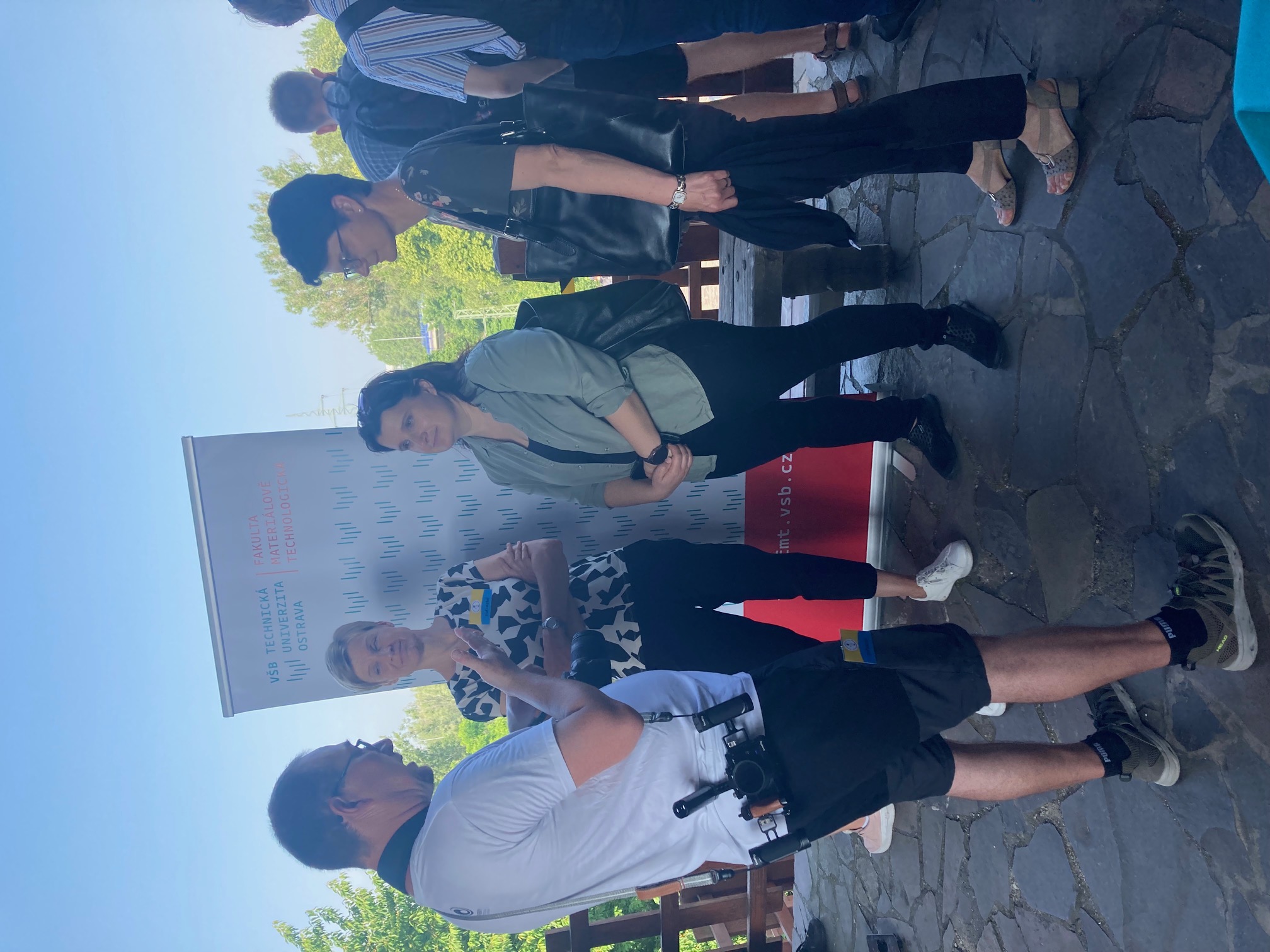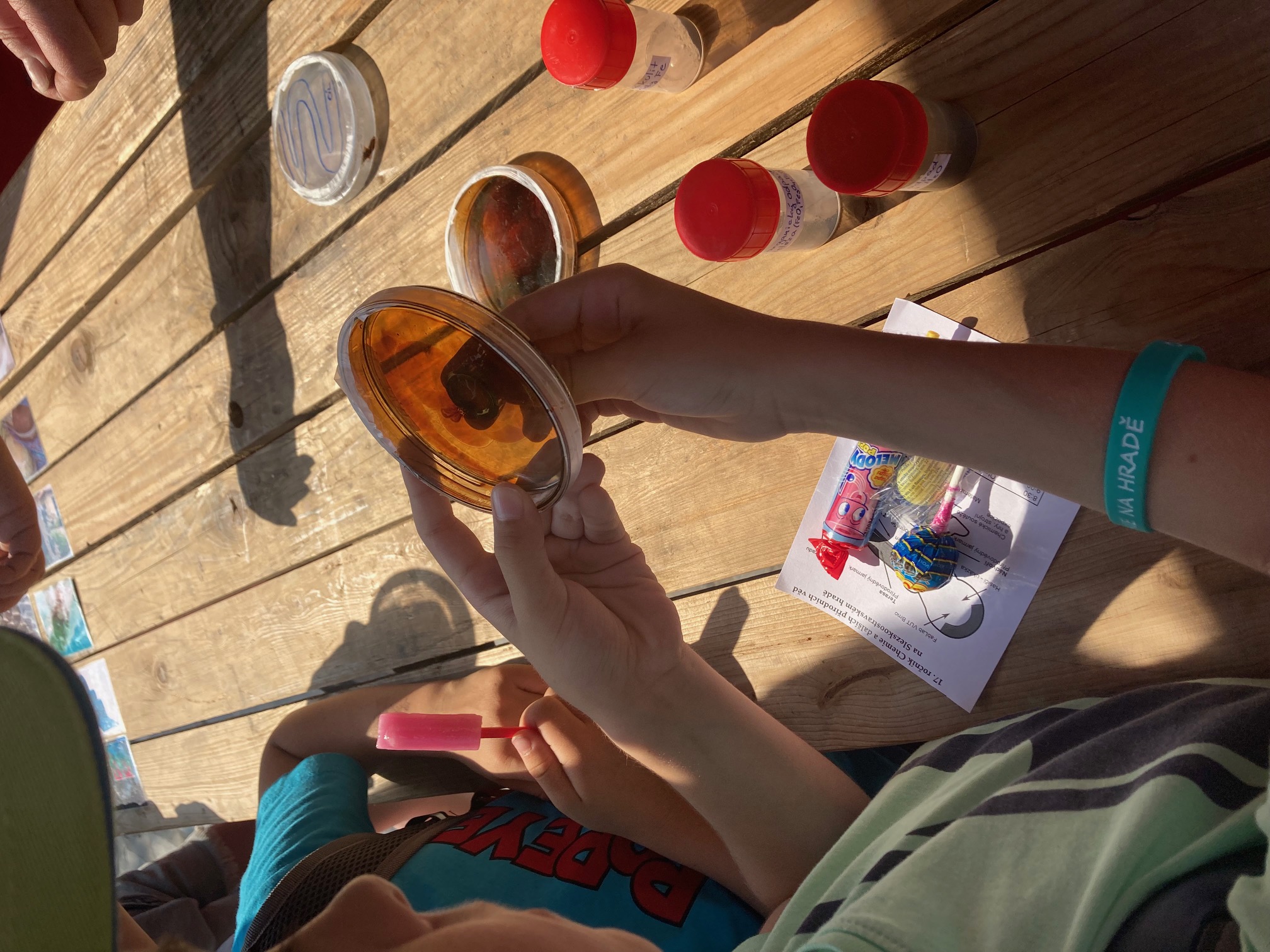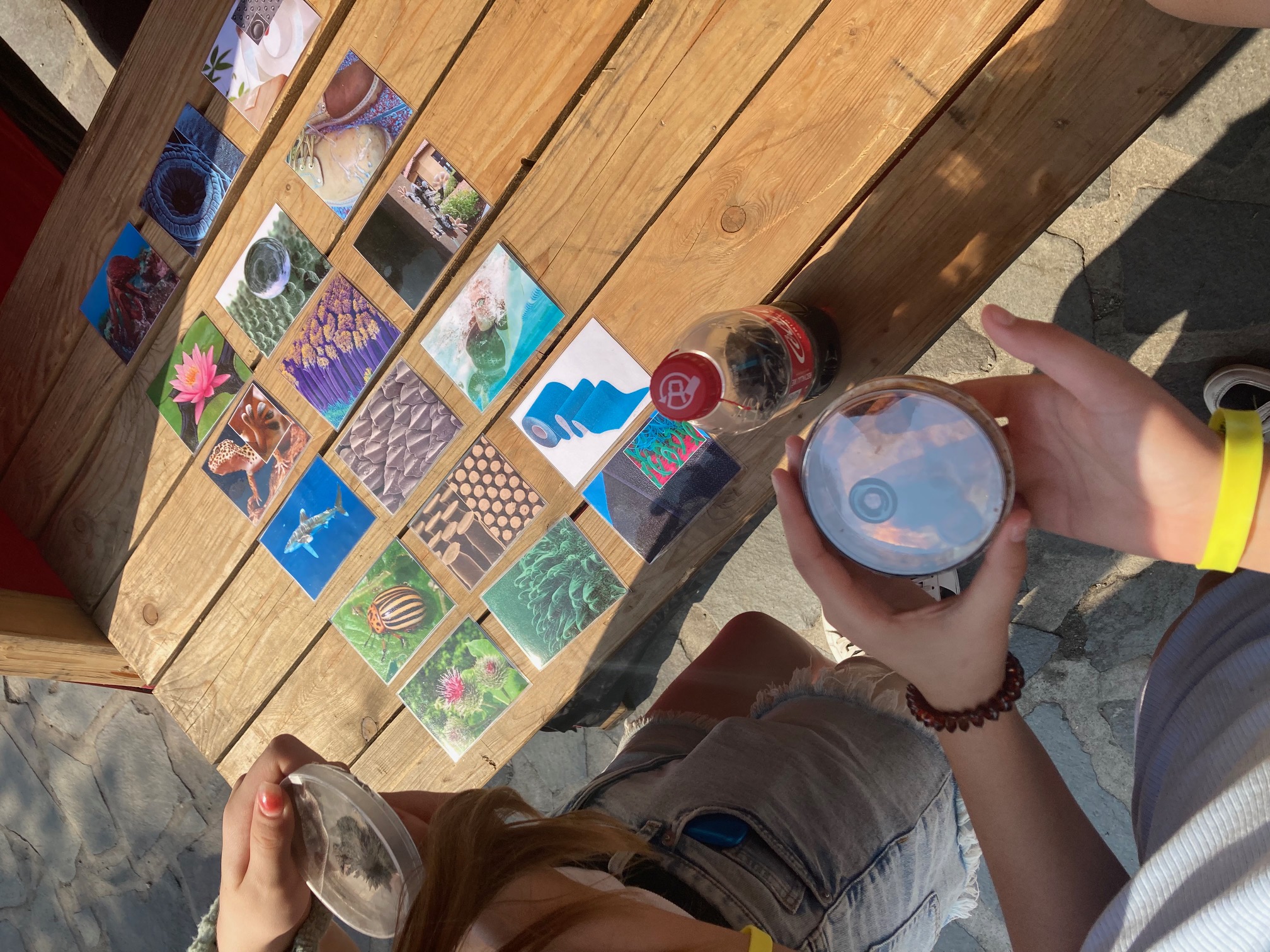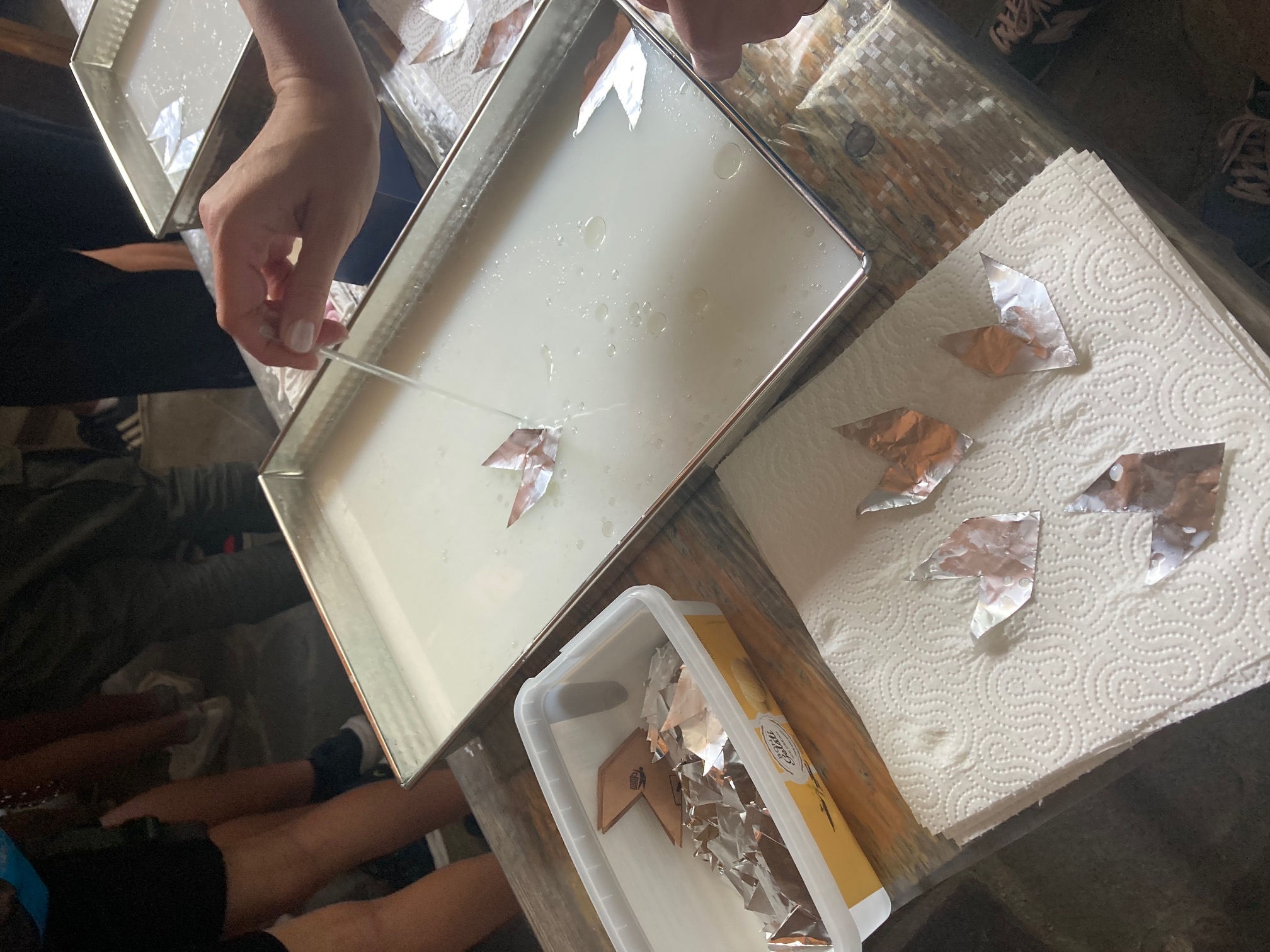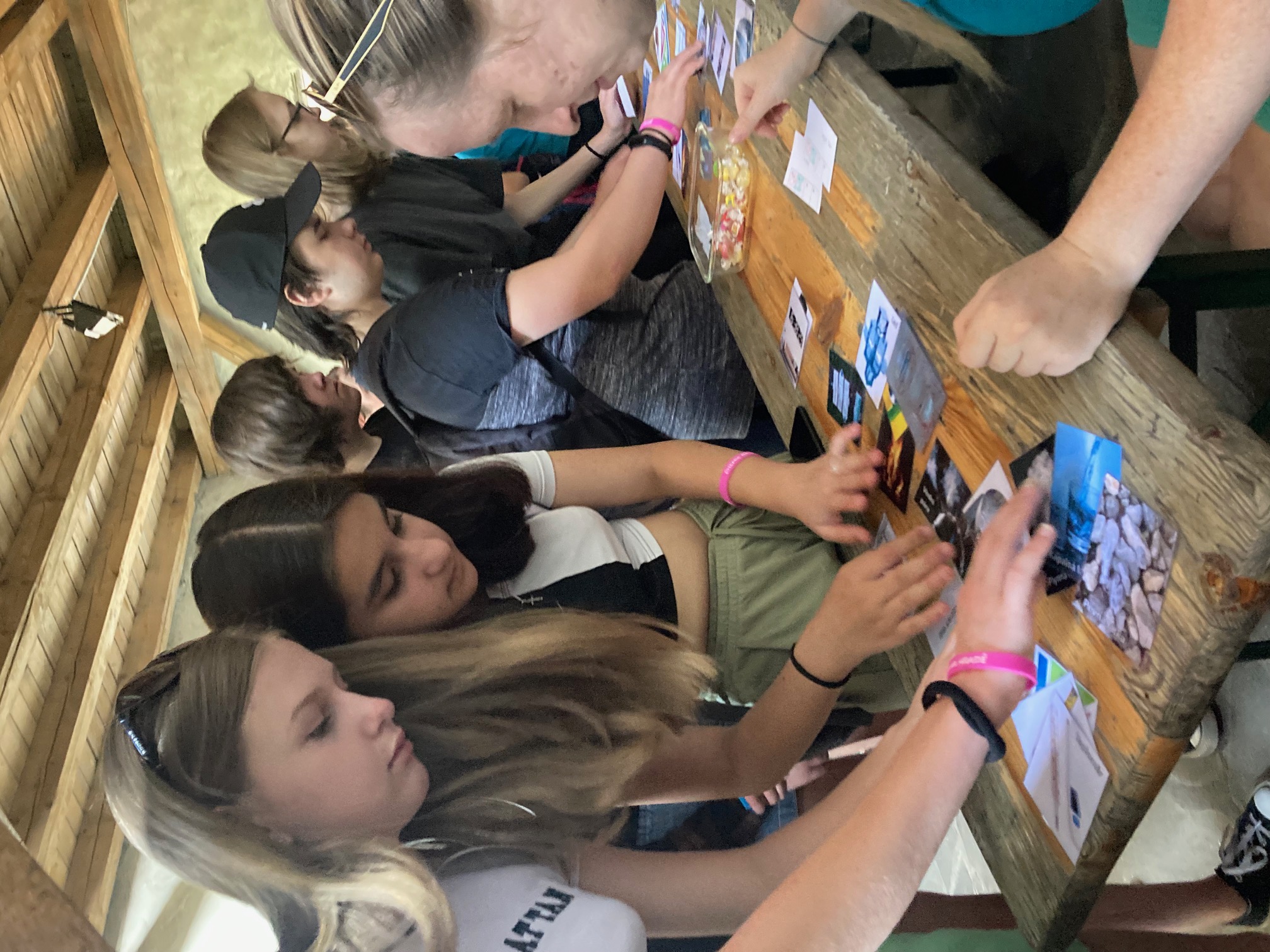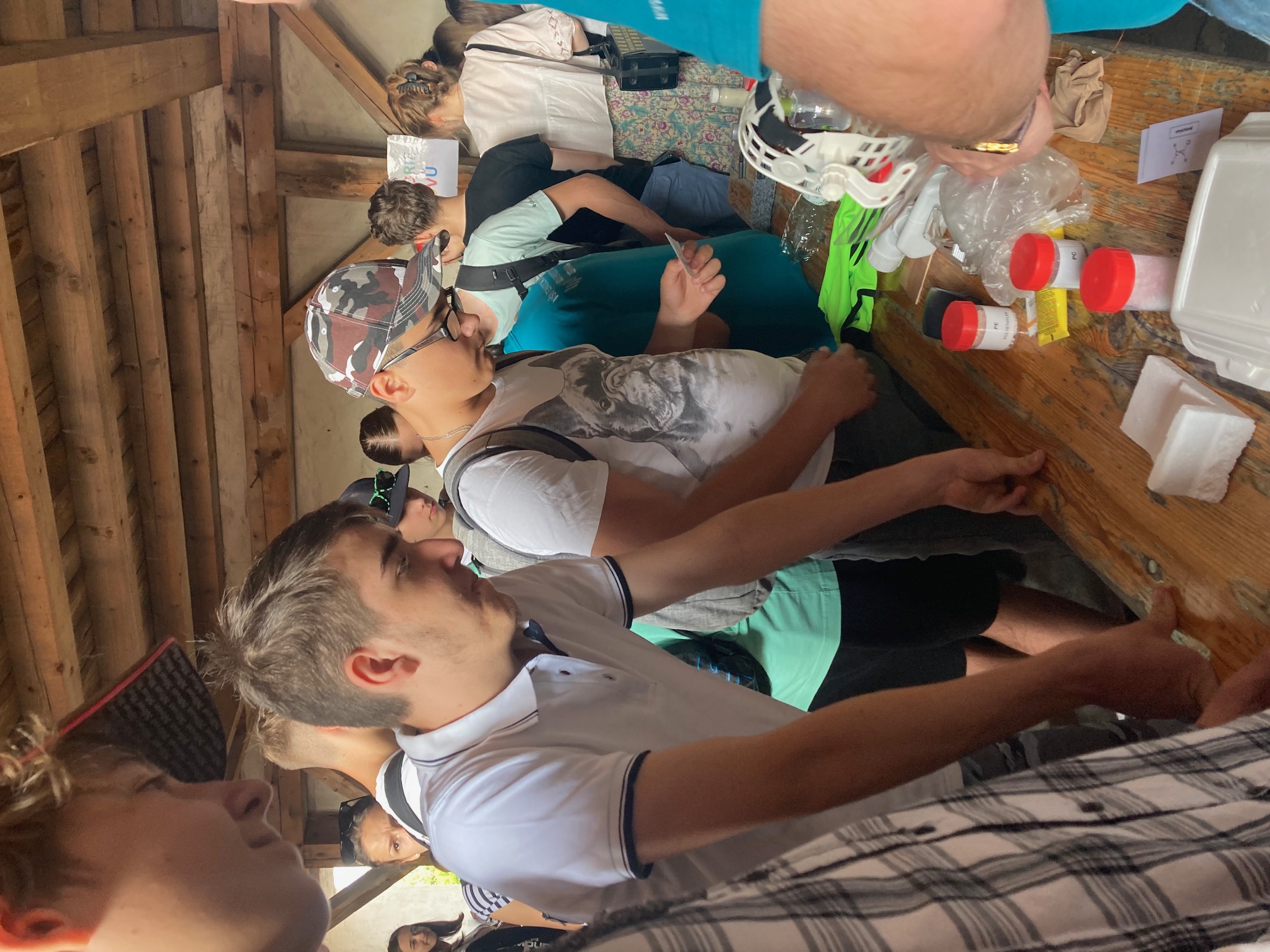17th Edition of Chemistry and Other Natural Sciences at the Silesian Ostrava Castle
The 17th edition of Chemistry and Other Natural Sciences at the Silesian Ostrava Castle, traditionally held in June, once again dedicated a full day to promoting chemistry, natural sciences, and technical disciplines.
The event was organized by the Czech Chemical Society in Ostrava in cooperation with the Faculty of Materials Science and Technology of VSB-TUO, the Faculty of Science of the University of Ostrava, and the Secondary Technical School of Chemistry of Academician Heyrovský in Ostrava.
Thanks to favorable weather, approximately 2,200 visitors attended the event.
The program, which attracted pupils from primary and secondary schools as well as the general public, featured chemical competitions, experiments, demonstrations, and technical games.
The main goal of the event was to introduce visitors to chemistry, natural sciences, and technical fields in an entertaining and accessible way.
At the chemistry booths, visitors could observe a wide range of attractive experiments designed to expand their theoretical and practical knowledge.
As every year, the Faculty of Materials Science and Technology of VSB-TUO prepared various chemistry competitions.
Participants identified selected metals and placed them on a historical timeline, determined the presence of sugars and proteins in foods, identified polymers and constructed their base molecules using molecular models, or guessed how various types of waste can be recycled.
For younger children, playful competitions were organized, helping them learn about surface tension, waste sorting, and even assembling chemical puzzles or detecting sugars and proteins in foods.
All successful participants were rewarded with sweet prizes.
The exhibition on chemical engineering was also highly successful, showcasing a microfluidic droplet generator, examples of radial impellers, and 3D-printed models of unit operations such as an absorption column, a distillation column, a heat exchanger, a gas holder, and a liquid product storage tank.
Visitors could even create their own lava lamp.
An engaging program was also prepared by colleagues from CEET VSB-TUO, who demonstrated magnetic nanoparticles used for wastewater treatment and displayed water-resistant paper.
Another highlight was the program focused on natural impregnations, where students learned about the chemical composition and function of waxes on plant surfaces.
A popular demonstration showed how fruits can be used as a source of electrical energy. Visitors were particularly impressed by the "colorful chameleon" experiment, which demonstrated color changes in a solution based on changing oxidation states, as well as the colorful patterns created in milk to explain surface tension changes.
A major attraction was the technical play area organized by the Faculty of Mechanical Engineering of VSB-TUO.
Visitors could explore the possibilities of 3D printing and learn about surface treatments such as enameling and electrolytic plating.
